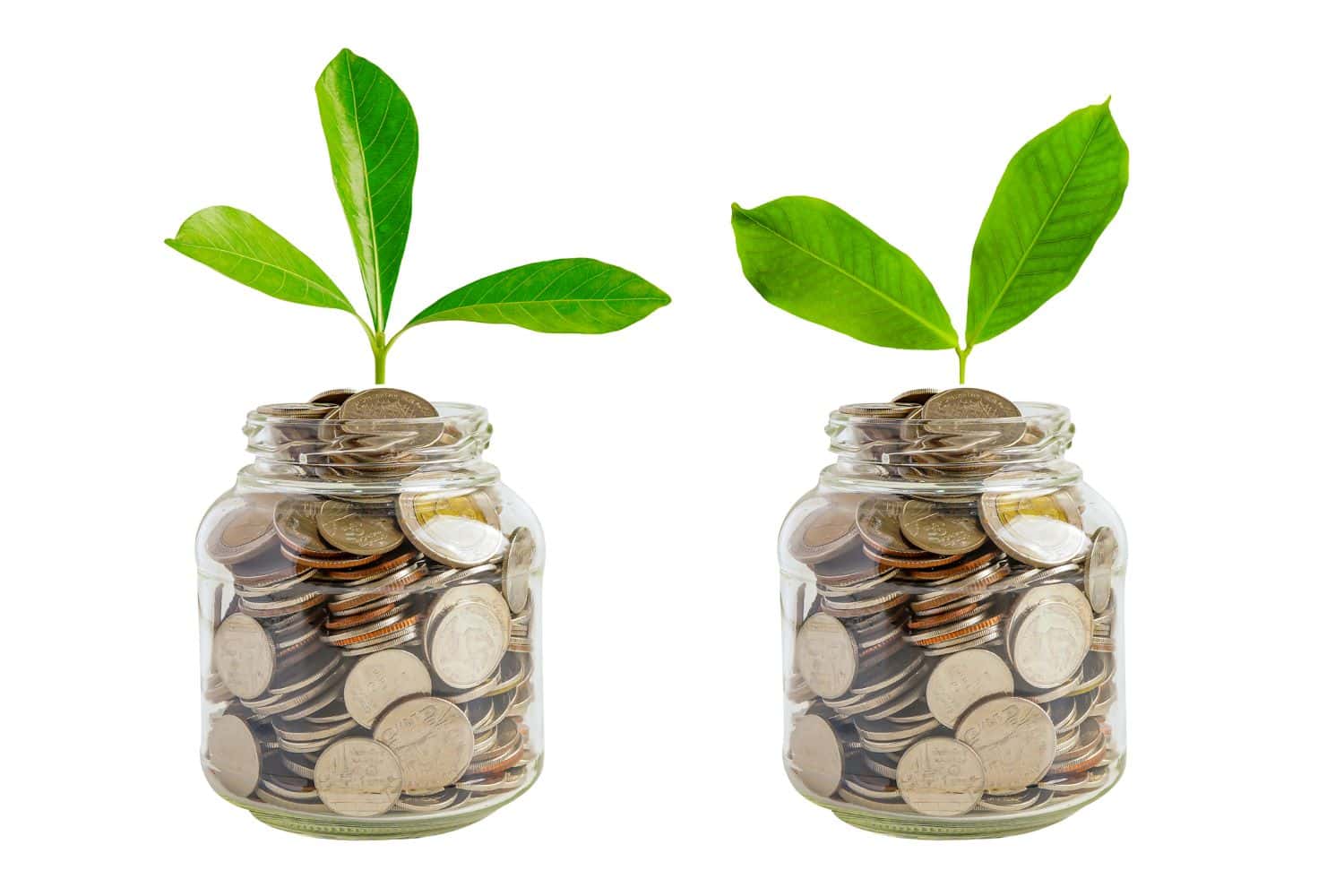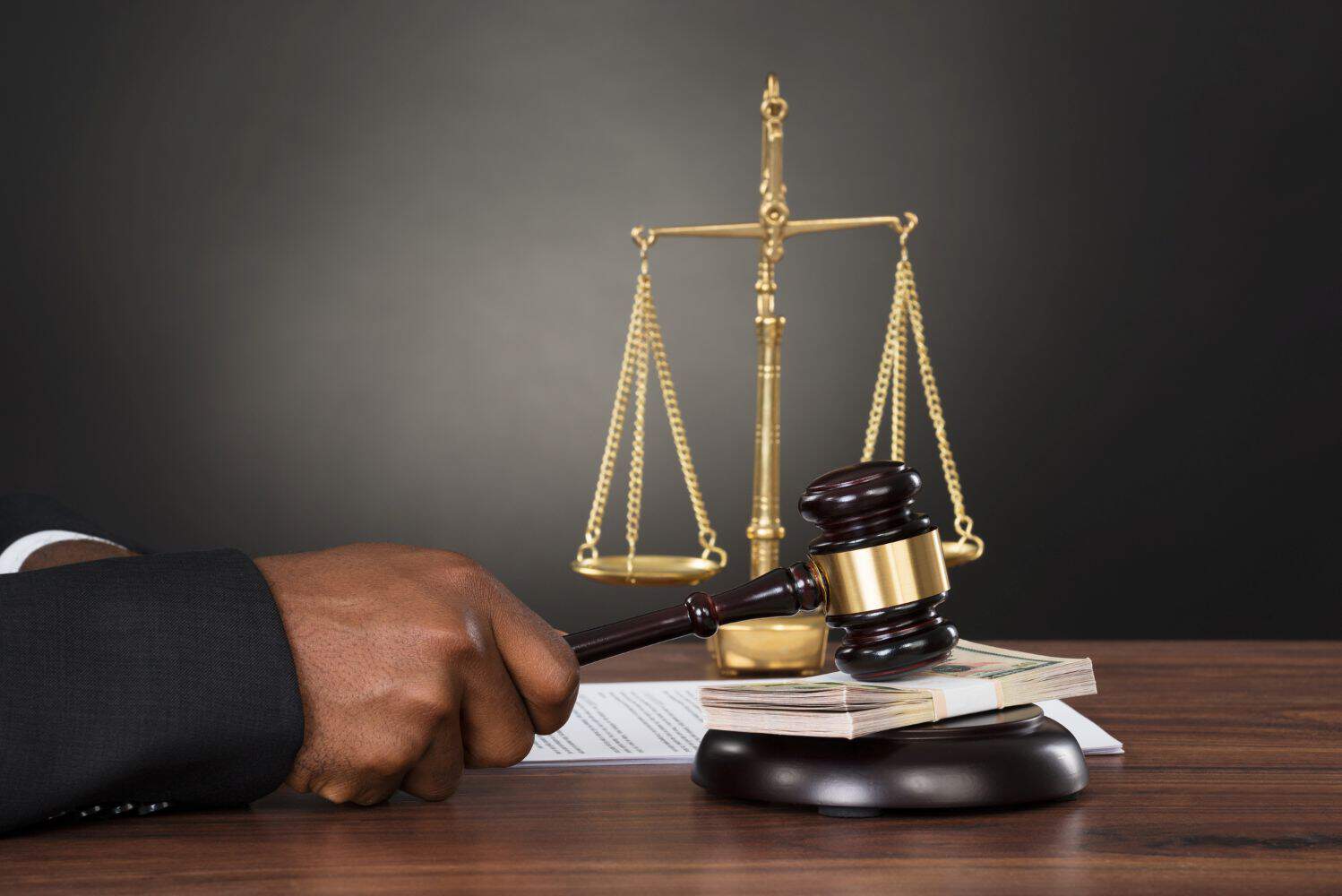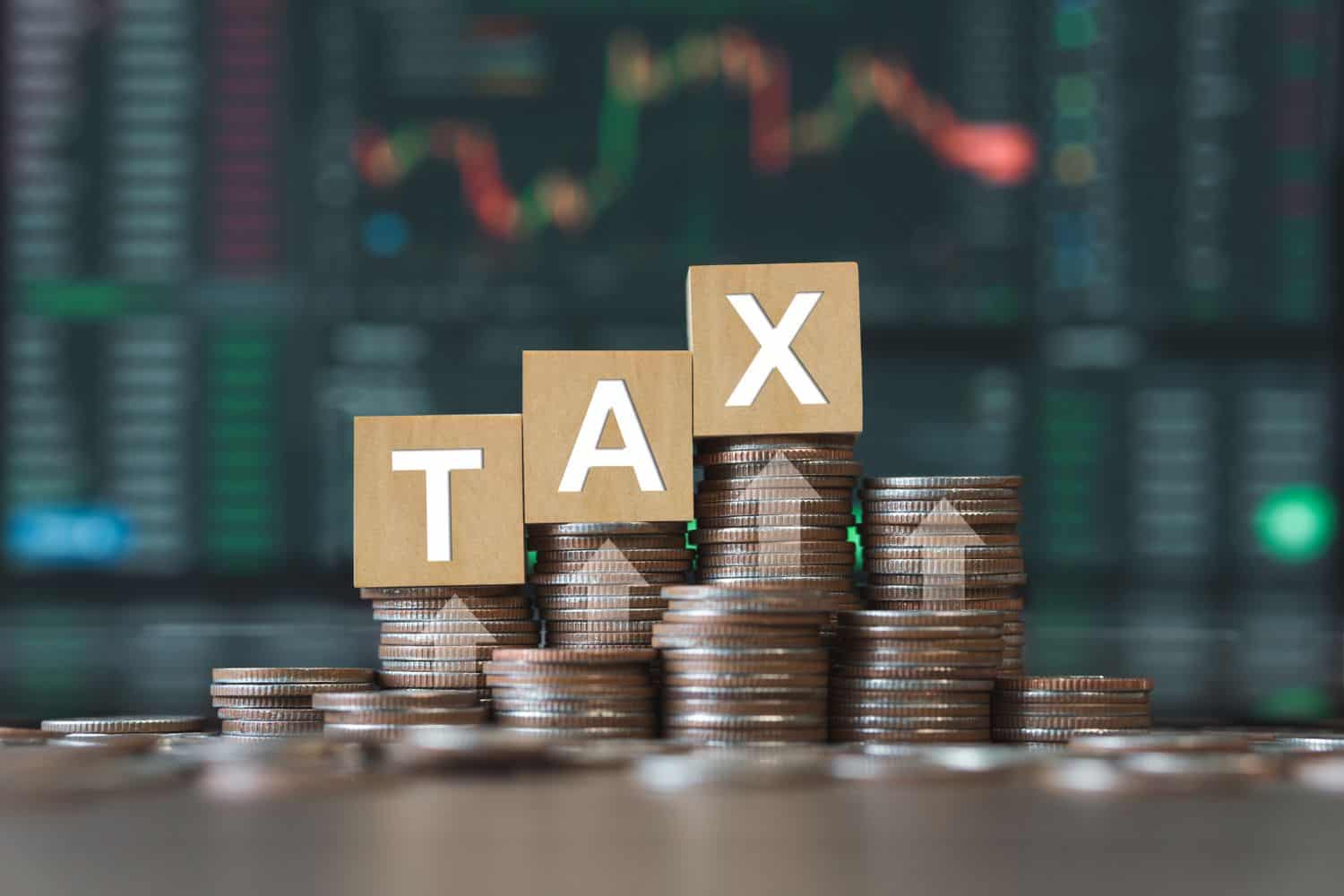According to Sars, a total gross lump sum of R21.4 billion has already been paid out under the two-pot retirement system.
The lid has been lifted from the two-pot retirement system, with South Africans clamouring to access their retirement savings since the savings pot withdrawal allowance came into effect on 1 September.
What are South Africans doing with this new source of funds? According to the latest data from Discovery, two out of every 10 claimants say they will use the money to cover education-related expenses.
Arno Jansen van Vuuren, managing director at education insurance provider Futurewise, says these figures highlight the deepening cost-of-living crisis South Africans have to deal with.
“It is telling that the data revealed a clear connection between income levels and withdrawal rates. The figures showed that 38% of low-income earners made withdrawals under the two-pot retirement system, followed by 29% of middle-income earners, 12% of high-income earners and only 4% of very high-income earners.”
But if South Africans struggle to cover their children’s schooling and other essential education expenses, where does this leave us as a country?
ALSO READ: Two-pot retirement system: still some misconceptions a month later
Using two-pot retirement system for education
Recent data from Statistics South Africa for the second quarter reveals that over a third (35.2%) of young people between the ages of 15 and 24 are not employed or engaged in education or training.
“In addition, research indicates that out of every 100 learners who start grade 1, only 40 will sit for their matric exams and just 12 of those will pursue higher education at a university or college,” Jansen van Vuuren points out.
A significant factor behind the soaring dropout rates is the financial burden of education. A 2024 study, “Understanding why youth drop out of school in South Africa,” identified family-related challenges, such as lack of support and financial struggles at home, as one of the top three causes of school dropout.
“One thing all South Africans unanimously agree on is that education is the answer to the country’s societal and economic woes. However, education inflation is outpacing CPI and this year alone, education was 6.3% more expensive than in 2023.
“Moreover, the average cost of education for a child from nursery school to college currently sits at around R1.2 million for public schooling (more for private). It is no surprise that South Africans want to access their retirement savings to cover their children’s education.”
Not good idea to dip into two-pot retirement system’s savings pot
However, he says, while the deepening cost-of-living crisis and the rising cost of education might explain why South Africans are dipping into their retirement savings, it still does not mean that it is a good idea.
“Ideally, you should leave your savings pot alone, with the money preserved for retirement. Accessing this source of funds early will leave you vulnerable in your later, non-earning years,” Jansen van Vuuren warns.
ALSO READ: Two-pot retirement system: before you withdraw, ask yourself
Instead of dipping into your retirement savings to cover your child’s education, there are three alternatives you could consider, he says: budgeting better, saving for education and insuring for education.
“If you are fortunate enough to take home a decent pay cheque, you could budget for education costs from your monthly income. However, this does come with drawbacks. Your normal earnings might not accommodate unplanned education expenses, such as school or sports trips.
“Also, if something happens that affects your ability to earn an income, it will be difficult to maintain and therefore you must consider savings and insurance for education.”
Ideally, he says, your financial strategy should include a combination of education insurance and savings to ensure your child’s education is provided for and their future secured. “This will also help to remove the risk of dipping into your retirement savings to cover education-related costs, helping both you and your family to remain financially secure.”
ALSO READ: Two-pot retirement system: rather set up a separate emergency fund
Also beware of the tax man dipping into your two-pot retirement system with you
About 200,000 pension fund members will probably be fined by Sars for misrepresenting their income when they apply to withdraw funds from the saving pots of their pension funds under the two-pot retirement system.
Erica-Anne Strydom, business development consultant at Sovereign Trust SA, warns that any savings you withdraw from your retirement savings must be declared to Sars as gross income and it will be taxed accordingly.
“Therefore, it is critical to understand these tax implications before deciding to withdraw from your retirement annuity, or your pension or provident fund.”
At a micro level, the immediate tax impact may be low for some members, she says. “This group includes people whose income is below the annual tax threshold or who are in a lower-tier tax bracket.
“In other words, these are people who do not earn enough to qualify for income tax, or who pay very little tax because they do not earn a lot. The danger here is that the addition of the withdrawn funds may mean that they will become liable for income tax, or it may push them into a higher tax bracket.”
ALSO READ: Two-pot retirement system: Billions paid out, but some get R0 after tax
Anyone withdrawing from saving pot runs risk of higher tax bracket
In fact, she says, everyone who withdraws from their retirement savings runs the risk of being pushed into a higher tax bracket, irrespective of how much they earn.
Once the additional income is declared, Sars will issue a simulated tax directive, which quantifies the difference between the tax payable on your standard income and the tax payable on your standard income plus the savings pot withdrawal under the two-pot retirement system.
This directive will also take all your unpaid taxes into account. Strydom says if, after receiving this directive, you proceed with the withdrawal, Sars will issue a final directive and your decision cannot be cancelled.
The applicable income tax amount will automatically be deducted before your withdrawal is paid out to you.
It might be hard to pay the tax, but the two-pot retirement system should in the end benefit everyone, even if you do not withdraw your funds or even have pension savings.
Strydom says the ‘compulsory preservation’ aspect of the two-pot retirement system could contribute to increasing South Africa’s low savings rate which could, in turn, powerfully affect the domestic economy and local markets in the years ahead, ultimately benefitting all South Africans.
ALSO READ: Two-pot retirement system: SA workers are the losers with tax
Just because you could does not mean you should
But Strydom warns that just because you could withdraw funds from the saving pot under the two-pot retirement system, does not mean you should. “You probably should not,” she says.
“By offering short-term flexibility and long-term stability, the two-pot retirement system can enhance your overall financial well-being both when it comes to immediate, once-off financial responsibilities and at retirement.
“But always remember that an investor’s greatest ally is time. Funding short-term needs from your long-term retirement savings will have the net effect of eating into the compound interest that would otherwise accrue.”














